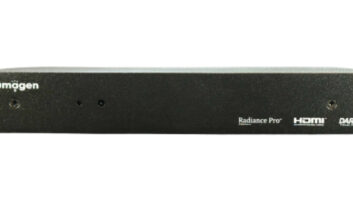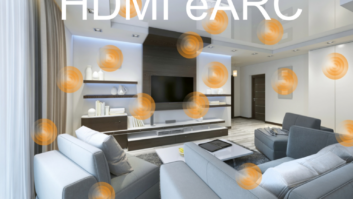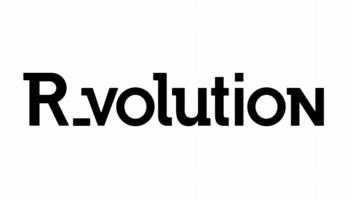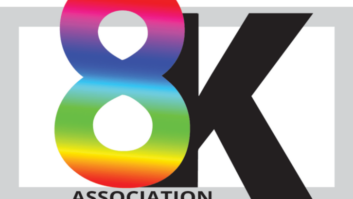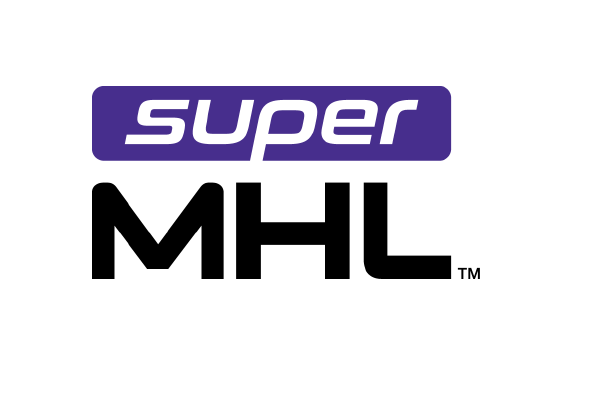
LAS VEGAS – The founding MHL companies unveiled here Tuesday a next-generation digital interface specification called “superMHL” that will support up 8K/120fps video and object oriented audio formats including Dolby Atmos and DTS-UHD.
Rob Tobias, MHL president, said that unlike earlier MHL versions, superMHL will use its own connector. However, superMHL (single lane) is also allowed on the Type A connector during syncs with HDMI; and, via adapters, will continue to support other connectors including: micro-USB, Type C, HDMI Type A.
“SuperMHL was a direction that the promoter companies decided to take, given that their leaders built the mobile and display industries and saw a marketing opportunity to push to 8K very quickly,” said Tobias. “The HDMI connector was designed over a decade ago, and they were able to push the physical performance level – it was never originally designed for 4K but they were able to get it to 4K. SuperMHL was designed recently, so now it can use today’s technologies and design practices. Not only is it designed for the superMHL spec, but it has a lot of head room so it can grow to support faster data rates, and greater power (up to 3 amps) and entire voltages, if the industry feels that it’s necessary.”
In addition to offering support for 8K video at up to 120fps, the interface will support up to 48-bit color depth, the full BT-2020 wide color gamut, and SMPTE-standard high dynamic range video.
SuperMHL will have cables that connect both micro-USB and USB Type C devices (through MHL Alt Mode) to superMHL input jacks, in addition to superMHL-to-superMHL cables.
Reversible superMHL cables will also be offered in the 32-pin connector, which can carry concurrent video, data and power charging in a slim, form factor. The “reversible design means that consumers don’t have to worry about the plug’s orientation or the cable’s direction,” the MHL said.
The superMHL spec also supports concurrent USB 2 and USB 3 standards.
As with HDMI 2.0, superMHL will be compatible with the HDCP 2.2 digital rights management platform, currently supported by major Hollywood Studios.
The format will support immersive surround sound with support for object audio such as Dolby Atmos, DTS-UHD, 3D audio, and an audio-only mode.
It will also provide advanced connectivity configurations to link multiple MHL devices together (TV, AVR, Blu-ray player) and control them via one remote. Additionally, content on multiple displays can be connected to a single device. The specification also allows for both standard friction-based and locking connector mechanisms.
Battery operated devices also can be charged at up to 40 Watts of power.
The specification has the backing of MHL founding companies including: Silicone Image (leading developer of the HDMI specification); Samsung, Sony, Nokia and Toshiba.
The superMHL spec supports only wired configurations with cable run lengths of up to 2 to 3 meters for the transfer of 8K video over passive cables, active cables will cover longer lengths, Tobias said.
To avoid handshake issues and other problems that surfaced at points under the HDMI spec, MHL will supply testing specifications and has a number of MHL authorized test centers around the world where manufacturers will be required to have their products tested and certified to assure compliance, Tobias said.
Regarding licensing cost, Tobias was not specific, saying only that compared to some approaches used today for 8K requiring up to four HDMI 2.2 connectors at a time for one signal, superMHL will be reasonably priced.
The MHL consortium will be demonstrating superMHL at booth 21466 in South Hall Level 1, where it will have a Samsung 110-inch 8K display equipped with the superMHL interface.






